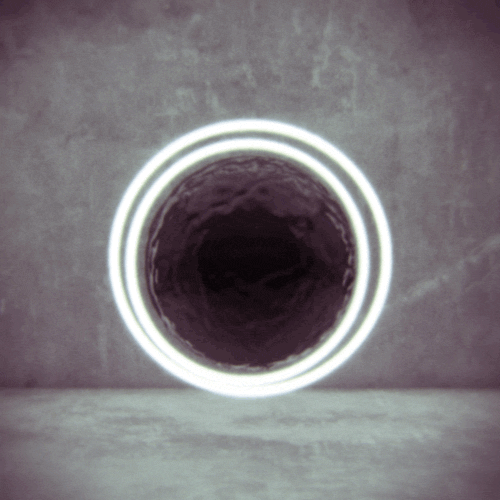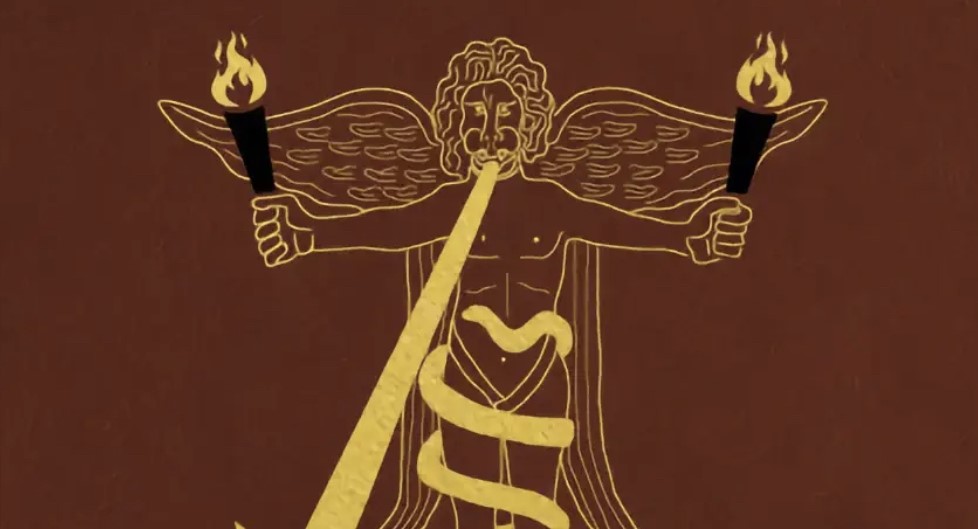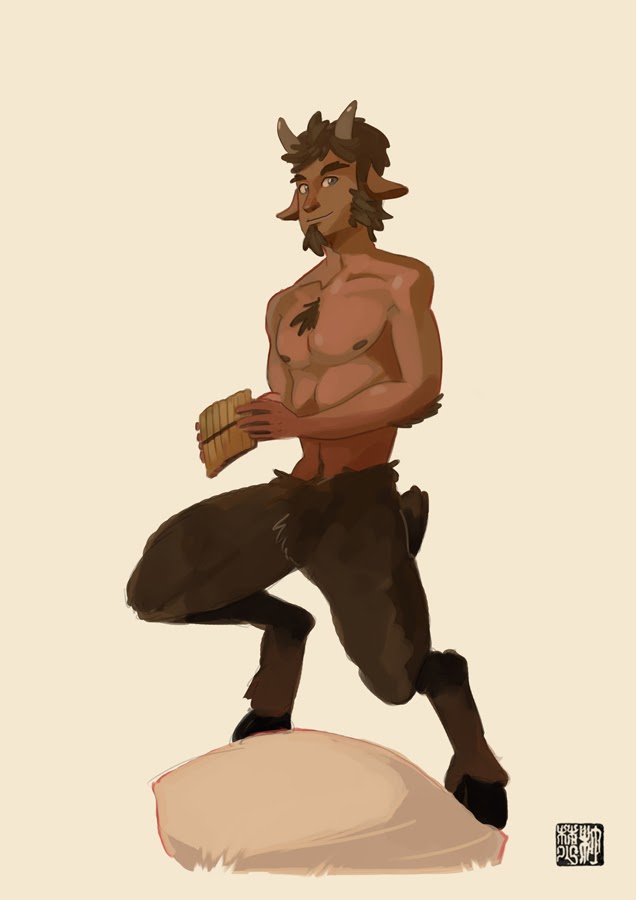Join us for a special webinar with professor, writer and host of The New Mithraeum podcast
Andreu Abuín, interviewing acclaimed esoteric scholar
Peter Mark Adams on his ground breaking latest book, Ritual and Epiphany in the Mysteries of Mithras.
Having previously authored The Game of Saturn, Mystai, Hagia Sophia / Sanctum of Kronos, Two Esoteric Tarots (with Christophe Poncet), and The Power of the Healing Field, Peter Mark Adams is known for providing landmark studies in the field of the Esoteric Tradition. His Mysteries of Mithras combines cutting-edge scholarship with first-hand accounts of initiation and contemporary ethnographies of ritual performance, providing an unparalleled glimpse into Mithraism that redefines our understanding of Western Europe’s most enigmatic mystery cult.
Approaching the material from an emic (insider’s) perspective, the author examines the cult’s hierarchical grade structure, ceremonial roles, and ritual mechanics—revealing how initiates invoked the serpent power and encountered the awe-inspiring epiphany of Saturn-Kronos, the sovereign time-deity.
Through a richly interdisciplinary lens, drawing on Orphic metaphysics, Greco-Roman ritual theory, art history, and comparative ethnographies of initiation, Adams vividly animates Mithraic iconography, frescoes, and reliefs as ritual grammar encoding the lived phenomenology of participation.
Richly illustrated and deeply insightful, this volume revives the Cult of Mithras as Western Europe’s preeminent mystery tradition, offering readers both scholarly rigor and spiritual resonance.
**This event is an online webinar. You will need the following link to register in order to attend:
https://us02web.zoom.us/webinar/register/WN_WWQUugDhRU6MHO9mjSS-zg?fbclid=IwY2xjawKqkahleHRuA2FlbQIxMABicmlkETFJYm9UZ1NKYUN0Sm5zRkxNAR7YnFFV2b3kJnTUTp16D-XNqT_ZNqDIrISAorCsdN_o9E8bNOgG7sE-UKtljg_aem_flGgVjZ7_Qm0Te5spNrCbA#/registration



























